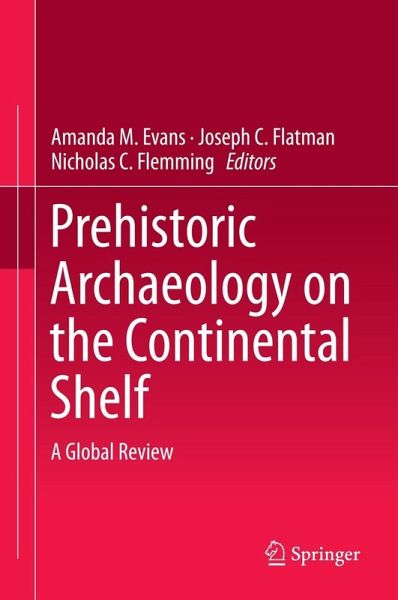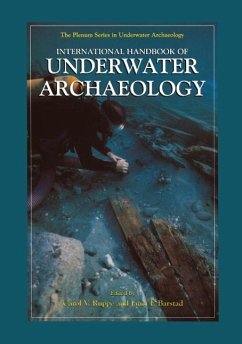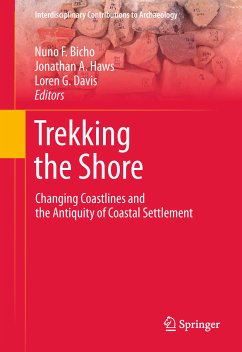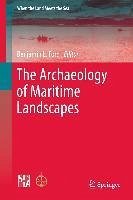
Prehistoric Archaeology on the Continental Shelf (eBook, PDF)
A Global Review
Redaktion: Evans, Amanda M.; Flemming, Nicholas C.; Flatman, Joseph C.
Versandkostenfrei!
Sofort per Download lieferbar
72,95 €
inkl. MwSt.
Weitere Ausgaben:

PAYBACK Punkte
36 °P sammeln!
The chapters in this edited volume present multi-disciplinary case studies of prehistoric archaeological sites located on now-submerged portions of the continental shelf. Each chapter represents an extension of the known prehistoric record beyond the modern shoreline. Case studies represent central themes of landscape change, climate change and societal development, using new technologies for mapping, monitoring and managing these sites.
Dieser Download kann aus rechtlichen Gründen nur mit Rechnungsadresse in A, B, BG, CY, CZ, D, DK, EW, E, FIN, F, GR, HR, H, IRL, I, LT, L, LR, M, NL, PL, P, R, S, SLO, SK ausgeliefert werden.













